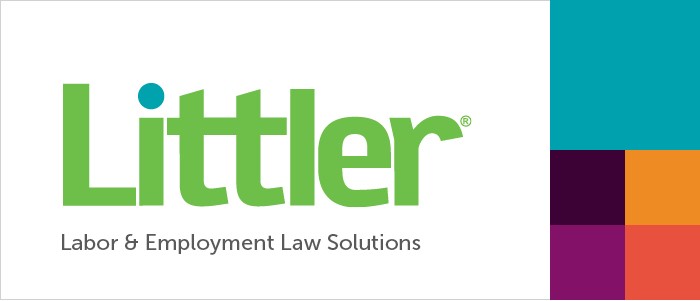
On February 5, 2016, the U.S. Citizenship and Immigration Services (“USCIS”) issued an alert reminding employers to identify “returning workers” when filing H-2B petitions for non-immigrant workers.
The H-2B program permits U.S. employers or agents to bring foreign nationals to the United States to fill temporary (seasonal) non-agricultural jobs. Before doing so, the employer must meet multiple criteria, including certifying: (1) there are not enough U.S. workers qualified, able, willing, and available to perform the work; (2) employing H-2B workers will not negatively affect the wages or working conditions of similarly situated U.S. workers; and (3) the need for the prospective workers’ service is temporary. An employer’s need is deemed “temporary” if it is a one-time occurrence or based on a seasonal, intermittent, or peak load need.
There is a statutory limit on the number of foreign nationals for whom the government will issue an H-2B visa or otherwise grant H-2B status during any given fiscal year, which currently runs from October 1 to September 30. The cap is presently set at 66,000, with a 33,000 cap for workers who begin employment between October 1 and March 31 and a 33,000 cap for workers who begin employment between April 1 and September 30. Although unused numbers carry over from the first half of a fiscal year to the second half of the fiscal year, they do not carry over from one fiscal year to the next.
Effective December 18, 2015, H-2B workers identified as “returning workers” are exempt from the 2016 annual H-2B cap. Therefore, they are not subject to the cap limitation. A returning worker is an employee previously counted against the annual H-2B cap during fiscal years 2013, 2014, or 2015. In addition, the returning worker program applies only to petitions pending or approved on or after December 18, 2015, requesting an employment start date beginning in fiscal year 2016. If an employee is already in the United States in H-2B status and is simply seeking to extend his or her stay, change employers, or modify the terms and conditions of employment, the worker is not counted toward the H-2B cap and the petition does not need to request that he or she be classified as a returning worker.
If an employee meets the definition of a returning worker, employer-petitioners must satisfy various filing requirements, in addition to the Form I-129 Petition for a Nonimmigrant Worker, including submitting an H-2B Returning Workers Certification stating: “As a supplement to the certification made on the attached Form I-129, Petition for a Nonimmigrant Worker, I further certify that the workers listed below have been issued an H-2B visa or changed to H-2B status during one of the last three (3) fiscal years.” Employers who failed to include the required certification may do so by filing the petition no later than March 4, 2016.
Employers are urged to partner with legal counsel in determining whether an employee satisfies the “returning worker” definition and in ensuring H-2B petitions are otherwise completed timely and accurately.